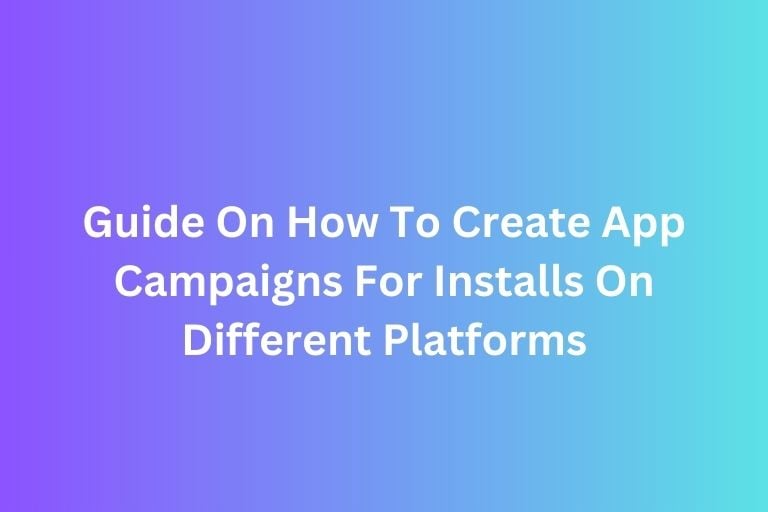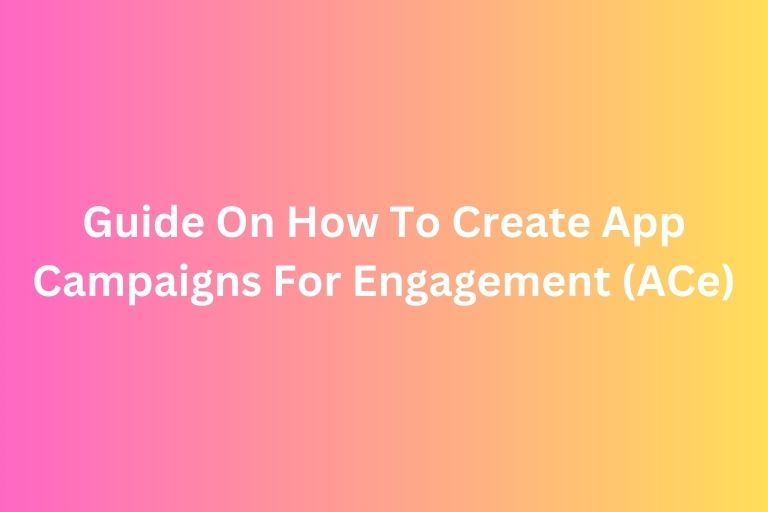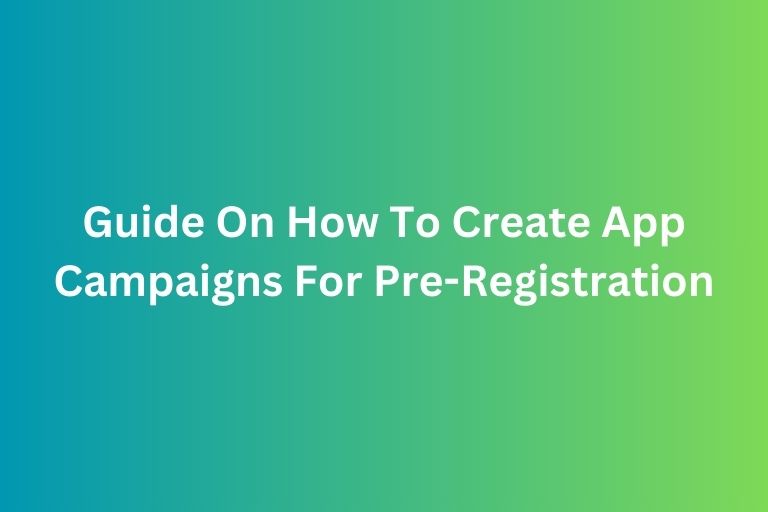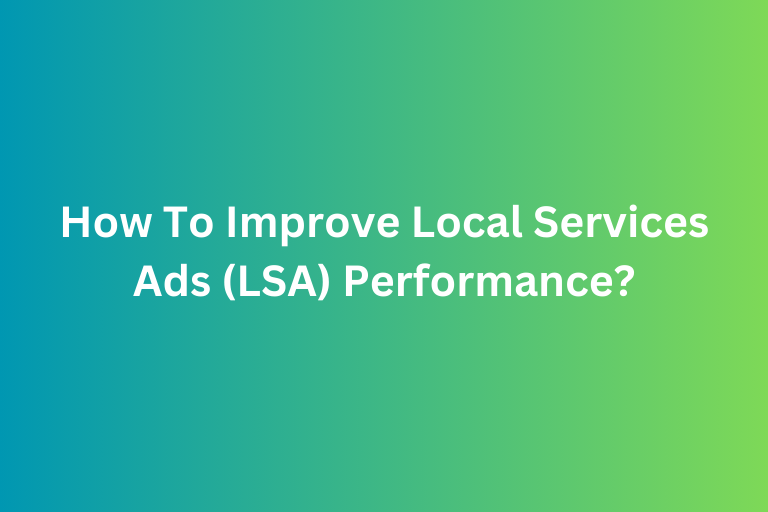Paid ads are easy to dismiss as just another part of the corporate machine, but when done right, they can actually work. The trick is knowing exactly who you’re talking to. Not just the superficial stuff—their age, gender, and location—but the real stuff: What makes them tick? What do they need, want, or desire? Are you giving them something that speaks to their heart, or are you just another ad cluttering their feed?
To make paid ads work, you need to know your audience. Not in a “let’s throw some demographics together and hope for the best” way, but in a deep, nuanced, “I see you and I get you” kind of way. It’s about connecting with them on a level that makes your ads feel less like interruptions and more like invitations.
1. Start With The Basics
Let’s start with the basics because even the simplest insights matter. You can’t go too far without knowing who you’re trying to reach. Age, gender, location, and income level can help you understand the person on the other side of the screen. And if you get these right, you’re already ahead of the game.
Let’s say you’re selling luxury skincare products. You might target women aged 30-45 who live in urban areas and have an income of $50k+. This is a basic demographic, but it’s a starting point. You could take this further by considering what interests these women might have (e.g., self-care, beauty routines, eco-friendly products) to refine your targeting further.
Consider this:
- Age: Age shapes the way people move through the world. The needs and interests of someone in their twenties will be vastly different from someone in their fifties. Knowing this allows you to speak their language.
- Gender: Gender is complicated, but in ads, it still matters. Who are you talking to? What kinds of experiences, expectations, or desires might they have based on their gender? Craft your message accordingly.
- Location: Context is key. Someone living in a big city might have different priorities than someone in a small town. Pay attention to where they live and what that might mean for their lifestyle.
- Income: People don’t buy things they can’t afford. Know what your audience can realistically spend, and target them with ads that match their budget.
These are just the basics. They set the stage. But to connect, you need to dig deeper.
2. Get Personal With Your Target Audience
Who is your audience? Are they the type of person who spends weekends hiking or binge-watching TV shows? Do they care about the environment, or are they obsessed with the latest fashion trends? These details matter. People buy products because they see something in them that aligns with their identity. If you don’t know what drives your audience, your ads are just noise.
How to get personal:
- Don’t just look at numbers—look at behaviors. What kinds of pages do they follow? What kinds of posts do they like, share, or comment on? This tells you what they care about.
- Tap into the passions that make them who they are. When you align your ad with their passions, you’re not selling a product—you’re offering them a piece of their own identity.
3. Find Out What Are Your Target Audience Searching For
It’s not enough to know where your audience lives. You need to know what they do once they get online. What are they searching for? What are they clicking on? What kind of websites do they visit? This is where you start to get a clearer picture of their needs and how your product or service fits into their lives.
If you sell fitness equipment, you might target people searching for “home workout equipment” or “best dumbbells for beginners.” Your ad could appear when someone searches for these phrases, offering them a solution based on their current need. If they’ve previously clicked on an ad for home workout gear, retarget them with a follow-up ad offering a discount on their next purchase.
Behavioral targeting is the key here:
- Pay attention to search data. What are they looking for online? What questions are they trying to answer? And how can your ad show up as the solution?
- Retargeting: If someone has interacted with your brand before—whether through a website visit or a social media click—don’t let them forget you. Bring them back with ads that speak to their initial interest.
- Understand how people use technology. If they’re mostly browsing on their phones, make sure your ads are mobile-friendly. It sounds basic, but it’s crucial.
4. Dive Into Your Target Audience's Emotions, Struggles, and Values
People don’t just buy things to fill a need—they buy because it speaks to something deeper. People are complicated. They have emotional needs, values, and beliefs that influence what they buy. If your ad doesn’t tap into those feelings, it’s probably going to fall flat.
Let’s say you're selling a meal prep service. Rather than focusing only on the product (pre-packaged meals), tap into emotions: “Tired of spending hours cooking? Let us save you time with healthy meals delivered to your door.” This connects with the emotional pain point of time management and makes the ad feel more personal and relatable.
What to dig into:
- Values: What do your audience members care about? Do they care about sustainability, quality, convenience, or luxury? If you know what drives them, you can create ads that align with those values.
- Pain points: People buy because they have problems. What pain points does your product solve? If you can address their struggle, your ad becomes more than a transaction—it becomes a solution.
- Aspirations: People buy because they want something more—status, self-improvement, peace of mind. Understand what your audience aspires to and speak to that in your ad.
This is where the real work happens—getting beneath the surface to what truly motivates your audience. If your ad doesn’t speak to their deeper desires, you’re wasting their time and yours.
5. Build Personas For Your Paid Ads
Personas can help, but they’re not magic. A persona is a representation of your ideal customer, based on real data, but it’s only useful if it’s grounded in reality. It’s too easy to make assumptions about what people want. The key is to take what you know about your audience and use that information to build a person who feels real—not like a list of data points.
Imagine your ideal customer is “Sarah,” a 35-year-old woman who lives in a big city, has a high-paying job, and values convenience and luxury. She’s busy, has little time for cooking, and loves self-care products. When creating an ad, think about Sarah’s specific needs: “Sarah, you deserve a little luxury in your hectic life—try our quick and healthy meal delivery service.” Your persona gives you a clearer idea of how to speak directly to her.
How to build a useful persona:
- Take the time to research—who are the people who have bought your product or engaged with your brand? What do they look like? What do they care about?
- Flesh out their personality. Give them a name, a job, a backstory. Make them real in your mind, so when you’re creating ads, you’re not just talking to a vague "audience"—you’re speaking directly to a person.
6. Test, Refine, and Repeat The Process
Knowing your audience is one thing, but you won’t get it perfect on the first try. You need to test, observe, and adjust. Ads are an ongoing experiment—your audience is evolving, and so should your approach.
Suppose you're running ads for a new pair of running shoes. You could test two versions of the ad:
- Ad 1: "Shop our new running shoes – the perfect fit for your marathon training!"
- Ad 2: "Step into comfort and performance with our new running shoes – perfect for long runs."
Then, check which one gets more clicks or purchases, and adjust based on what resonates better with your audience.
The importance of A/B testing:
- Test different ad creatives. Try different images, copies, and calls to action. See what resonates.
- Test different targeting settings. Maybe one audience segment responds better to your offer than another.
- Watch how your audience engages. If you’re not seeing results, tweak your approach until you do.
7. Track The Results
At the end of the day, the numbers matter. You need to track conversions, engagement, and ROI to see if your ads are working. But don’t forget about the bigger picture. Your audience is complex, and connecting with them on a human level requires more than just tracking metrics. It requires constant learning, adapting, and evolving.
If your ad is driving traffic to your website, track metrics like click-through rates (CTR) and conversions (how many people bought your product after clicking the ad). But don't just look at the numbers; think about what those numbers mean. If you see a lot of visitors but few conversions, maybe the ad isn’t speaking to their needs or the landing page isn’t clear enough.
Conclusion
Knowing your audience is more than just a step in the process—it’s the foundation. If you understand who they are, what they care about, and what they need, your ads won’t just be seen—they’ll make an impact.
But this isn’t a one-time thing. The world changes, people change, and your ads should change with them. Always listen. Always adjust. And always remember that paid ads aren’t just about selling—they’re about connecting.
Boost Your Business with Professional Paid Advertising Services from FoxAdvert! Contact Us Today to Get Started!











